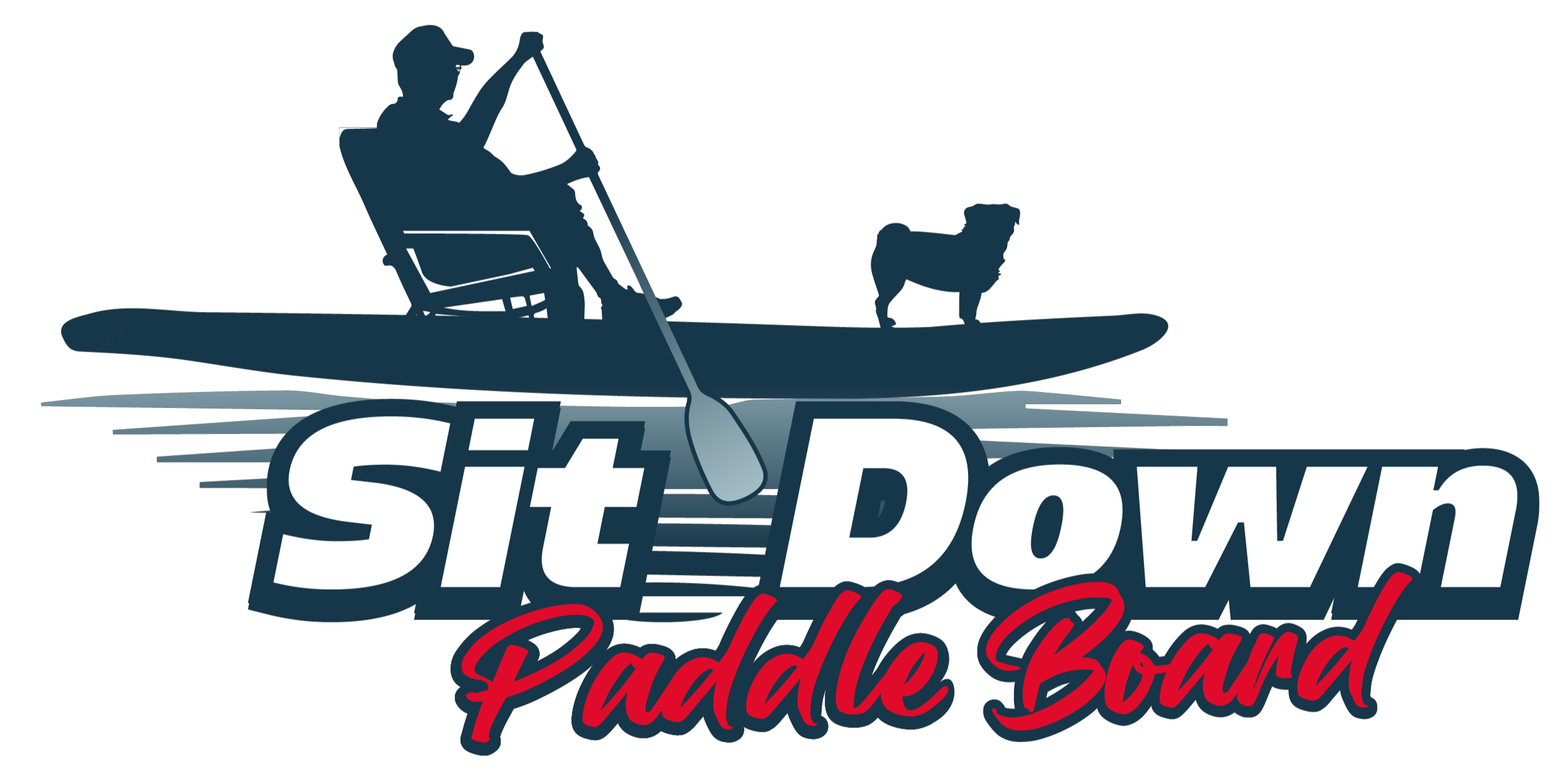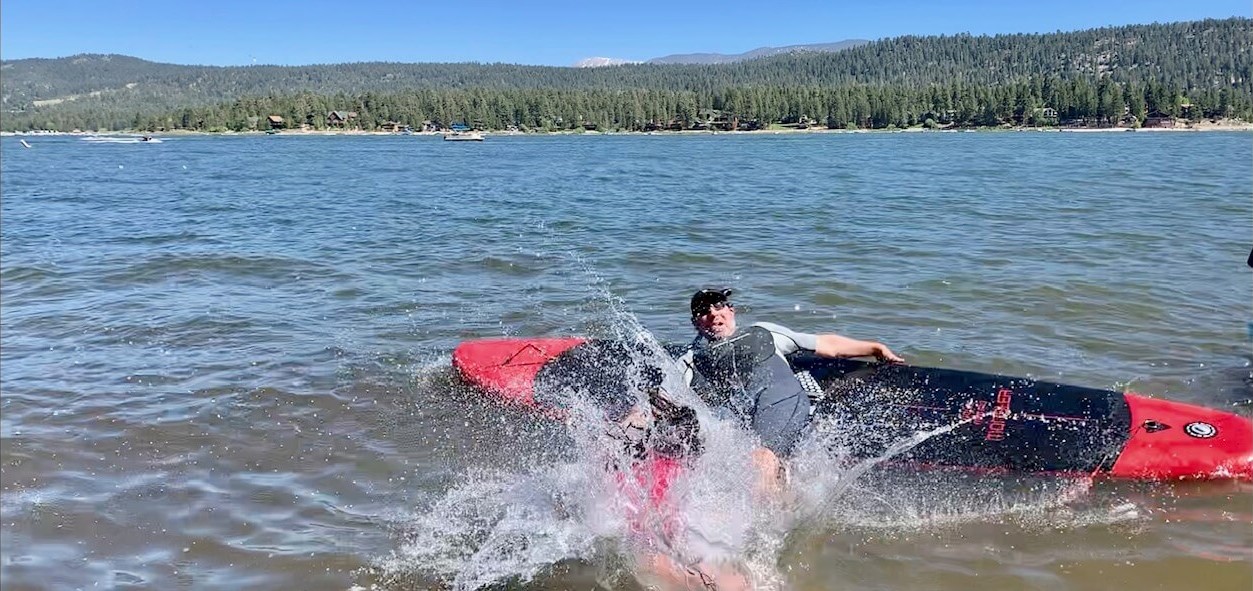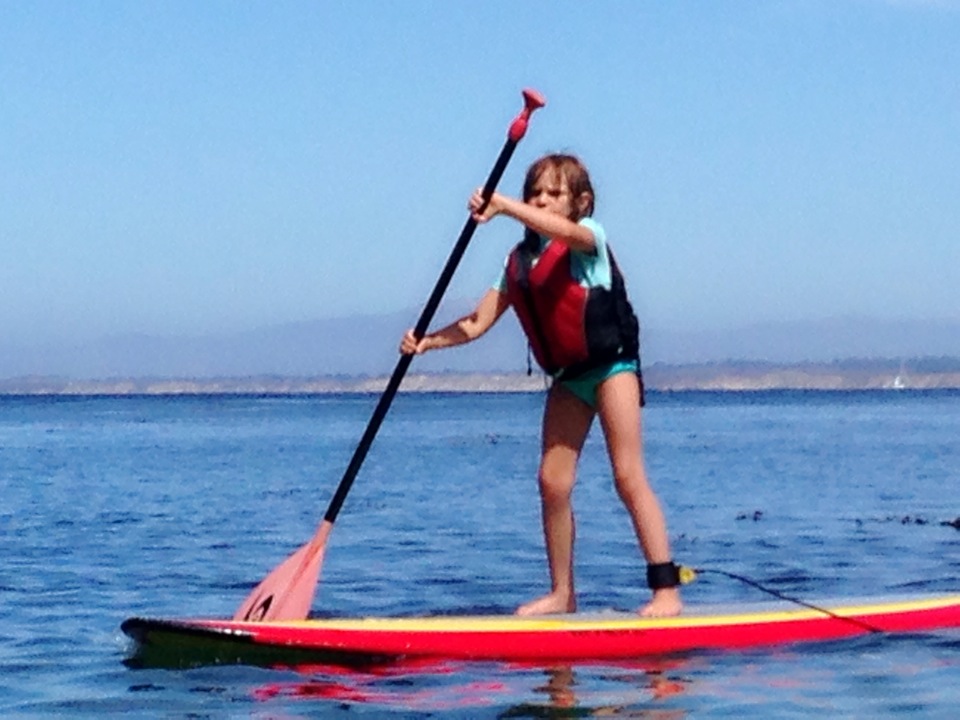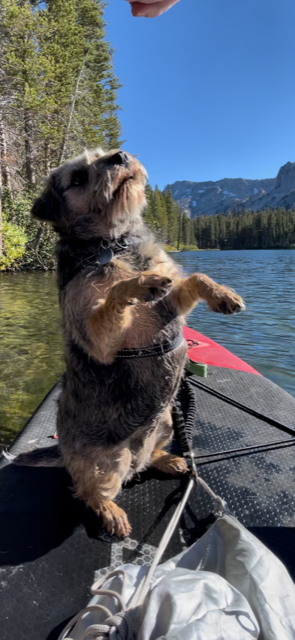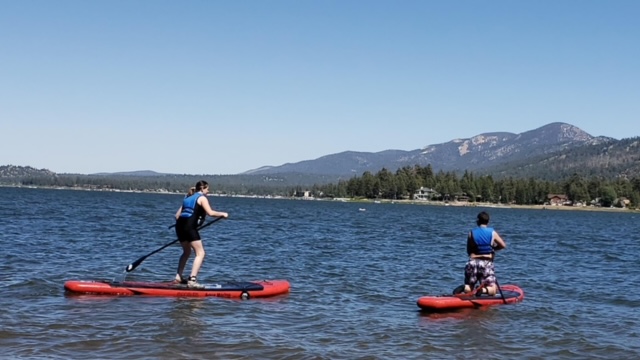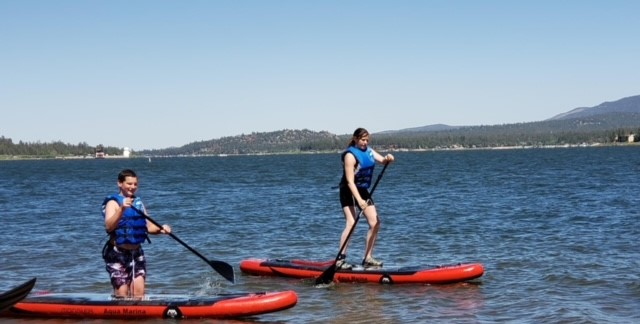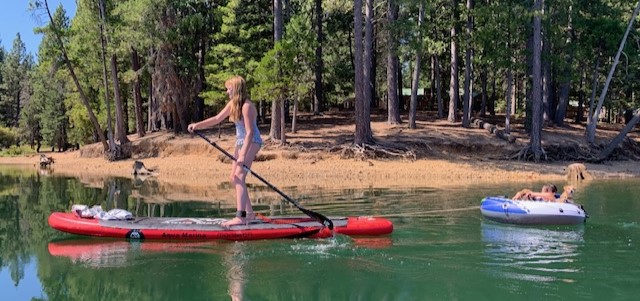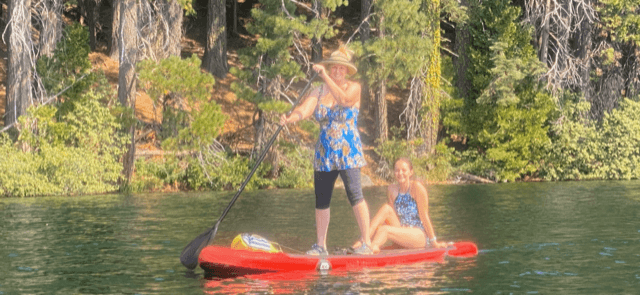Mastering Paddle Boarding on the Ocean: Top Tips for
Beginners
Here are 10 tips you do not want to miss if you are contemplating paddle boarding on the ocean.
Launching yourself into the exhilarating world of ocean paddle boarding is an adventure like no other. As a beginner, the boundless expanse of the sea paired with the ebb and flow of the tides might seem quite daunting, but with the right preparation and tools, it's an experience you won't forget.
From mastering the basic techniques to understanding the unpredictable nature of the ocean, there's a lot to learn. But don't let that intimidate you! Paddle boarding, especially on the ocean, is a fun, exciting way to improve your fitness, explore nature, and most importantly, to enjoy yourself.
This guide introduces you to the ten most important things every beginner should know before venturing onto the ocean with a paddleboard. Whether you're curious about the right equipment to choose or how to stay safe when you're on the water, we've got you covered.
These tips provide foundational knowledge that will help you navigate the ocean waves safely, understand the mechanics of paddle boarding, and most importantly, instill a respect for the sea and its powerful natural forces. Get ready to dive into your ocean paddleboard journey with confidence and excitement!
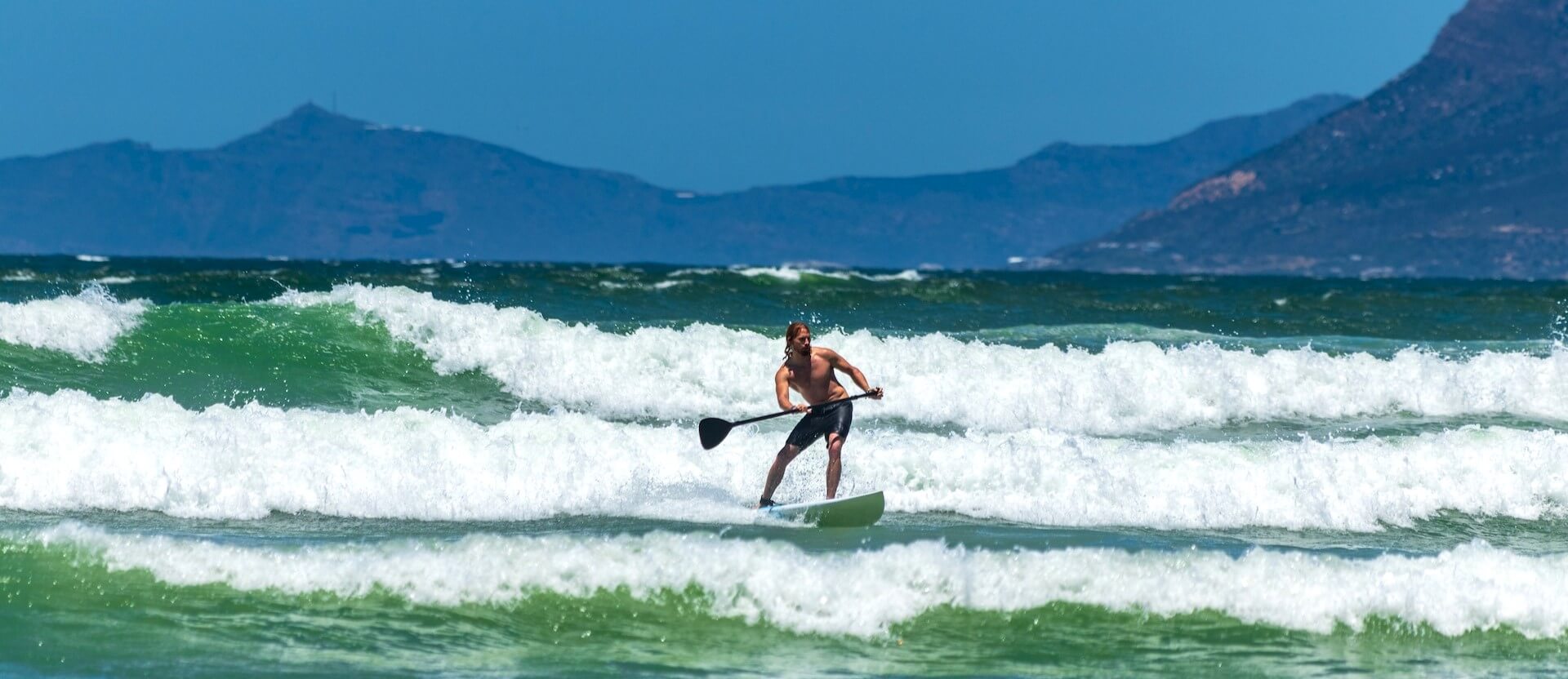 Once you have a little experience, paddle boarding in the ocean and surfing the waves can be a huge adrenalin rush! Thank you, Grant Durr @ unsplash
Once you have a little experience, paddle boarding in the ocean and surfing the waves can be a huge adrenalin rush! Thank you, Grant Durr @ unsplashTop 10 Things You Must Know before Paddle Boarding on the Ocean
1. Select the Right Equipment: The roughness and unpredictability of the ocean require a strong, sturdy board that can handle such conditions. Choose a board suitable for your weight, height, and skill level. A leash is essential to keep your paddleboard from floating away. Wearing a Personal Floatation Device (PFD) is non-negotiable for safety reasons. Dress according to the weather and water conditions, and make sure to wear waterproof sunscreen.
- Read about the best paddle board for beginners
- Read about the best life jackets
- Read about the best shoes
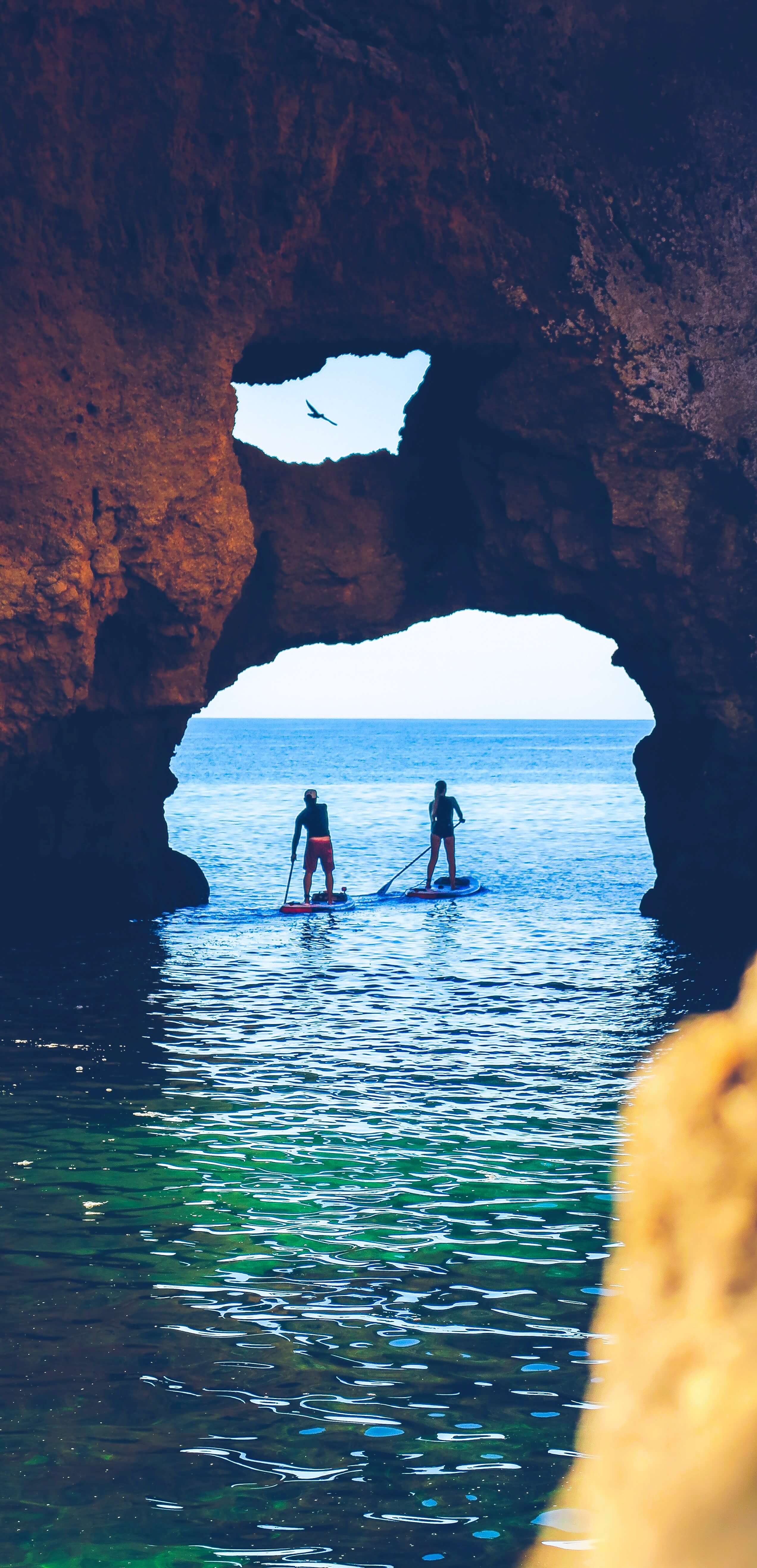 There are so many beautiful places to paddle on the ocean! Thank you, Max Zed @ unsplash.
There are so many beautiful places to paddle on the ocean! Thank you, Max Zed @ unsplash.2. Understand the Basics: Familiarize yourself with the fundamental techniques of paddleboarding, such as how to stand up on the board, maintain balance, and how to utilize basic paddle strokes. Practice these techniques in a calm body of water before heading to the ocean. Read more about the basic paddle strokes
3. Recognize Weather Conditions: Check weather updates and sea conditions before you paddleboard. High wind or storm forecasts mean you should postpone your trip. Remember, conditions can change rapidly in the ocean, so always being alert is crucial.
4. Learn Safety Measures: Safety comes first in paddleboarding. Always wear a PFD and use a leash. Learn how to perform the emergency whistle signal, and always maintain a safe distance from other vessels and swimmers. Check out the US Coast Guard Safe Boating Page.
5. Develop Wave Navigation: Unlike still water, paddle boarding on the ocean means dealing with waves that you need to navigate. Learning how to read waves and navigate through them is crucial. Start with gentle waves and gradually work your way up as your confidence and skills improve.
We started paddle boarding on the ocean in Monterey Bay, California where the water was relatively calm and there were several rental outfits so we could rent equipment and ask questions. Once we discovered how fun it was, we started bringing our favorite inflatable paddle boards. We brought the long stable ones for paddling thru the kelp beds and visiting the sea otters. We brought our shorter, more maneuverable boards so the kids could paddle in the surf.
6. Know Ocean Tides and Currents: Knowledge of the ocean's tides and currents can affect your paddling direction and can prevent you from being swept away. Check local tide tables, monitor changes in current patterns, and always carry a marine GPS device when paddleboarding in the ocean. Click here for current tide tables from National Oceanic and Atmospheric Administration (NOAA)
7. Master Board Maneuvering: In the vast ocean, steering your board and controlling its speed is of utmost importance- especially when dealing with waves and currents. Practice maneuvering your board in various ocean conditions to build your skills. John and Julie like touring the kelp beds and along the shoreline while staying out of the surf. However, the kids wanted to surf on their paddle boards, so we arranged a couple of lessons for them since surfing skills were very different than all of the paddling skills they already had under their belts. Read more about basic maneuvers.
8. Practice Falling: Falling off your paddleboard is expected, especially in the learning stage. Practice falling off safely and getting back on your board in deeper waters, always aiming to fall into the water, not onto the board, to prevent injuries. We use inflatable paddle boards mostly. Falling on an inflatable paddle board is not a big deal since they are much softer than a hard board.
9. Understand Right of Way Rules: It's important to follow oceanic right of way rules. This could involve giving way to larger vessels that are harder to maneuver or maintaining a safe distance from other watercraft. Remember, that you are much harder for a large ship to see since there is a large difference both in size and speed between a motor boat and a paddle board. Therefore, it is best to assume that both motor and sailboats cannot see you and take evasive action early or paddle near to the shore where larger boats don't go. Take a course or seek advice from local coastguard services for specific guidelines.
10. Respect Marine Life: One of the things we love best about paddle boarding on the ocean is seeing all of the amazing seabirds and aquatic life. The ocean is brimming with diverse species, and it's essential to respect their habitats. Avoid disturbing marine animals, do not touch or feed them, and steer clear of environmentally sensitive areas. Remember, you are a visitor in their home. Always leave the ocean as you found it.
Ready to go paddle boarding on the ocean?
We trust that these 10 tips have built up your confidence so you will try paddle boarding on the ocean. Armed with these tips as well as some research regarding safe places to get started, places nearby where they have paddle board rental facilities (always a good indication that you are in a safe area to paddle board and also a good source of local tide and safety information).
By now, you've learned that safe and enjoyable ocean paddle boarding begins with selecting the right equipment tailored to your unique needs and ocean conditions. You understand the importance of mastering basic paddle boarding techniques, ensuring you can safely navigate the ever-changing landscape of the ocean. Awareness of weather conditions, tides, and currents is critical as it can significantly impact your paddle boarding experience. The sea can be unpredictable, so prioritizing safety measures, understanding how to fall, and knowing how to signal for help are essential skills that every ocean paddle boarder should possess.
Moreover, you've discovered that maneuvering your board efficiently, respecting marine life, and adhering to right of way rules blend into the art of paddleboarding. As you venture into the ocean, remember that practice and patience are your best allies. With every wave, you'll not only hone your paddleboarding skills, but also foster a resilient bond with the sea and its creatures. Whether you're exploring a calm cove or riding a challenging wave, each time you set your paddleboard into the water, you embark on a new adventure of discovery and delight. Here's wishing you many memorable experiences paddle boarding on the ocean.
We hope to see you out on the water!
